FORT BENNING, GA - Rolling down a dusty road in armored Humvees scanning for roadside bombs and potential ambushes is nothing new to most combat-proven Soldiers, but to fresh recruits with D Company, 3rd Battalion, 47th Infantry Regiment, it is a taste of military life others before them didn't get this early in their careers, said CPT Christopher Russo, D Company commander.
The basic training company introduced a new class this cycle to give recruits realistic training for what they may encounter if deployed, Russo said.
The class, called react to contact while mounted, takes a fresher approach to combat operations than its predecessor, convoy live fire training, Russo said.
For most of the recruits, this was their first time in Humvees, he said.
The recruits, equipped with combat gear and M-16s packing high-speed paint ammunition, mounted up into four-truck convoys at Forward Operating Base Mailedfoot, an outpost on Sand Hill set up to simulate base operations in Iraq and Afghanistan.
They were told their mission was to visit a nearby village, Russo said.
Outside the gate of the FOB, each convoy was approached by "villagers" concerned about new people in their village stirring up trouble. If any suspicious activity was spotted, the recruits were expected to call it out so the convoy could take off down the road out of the danger zone. Once each convoy reached the village, they were ambushed by a three-person element with a roadside bomb, a simulated smoke bomb detonated by cadre. Some convoys spotted the roadside bombs before they could detonate, while others did not.
After the blast or once terrorists attacked, the recruits dismounted the vehicles and split into two squads to search out the enemies.
In each scenario, Soldiers had to identify a threat and make the decision to shoot or not, Russo said.
"It's on them to figure out what the next step is with minimal if any drill sergeant guidance," said Russo, who incorporated rules of engagement criteria into the scenarios.
Russo said the training, one of the final exercises before the company graduated Wednesday, builds a foundation for more in-depth training the Soldiers should expect to receive in their new unit.
"We wanted a good culminating event that covers the tasks they needed to be proficient in, which are primarily weapons handling, marksmanship and being able to shoot, move and communicate in squads," Russo said. "This is better than the old way, convoy live fire, because there is less control and range restrictions."
"In the environments the U.S. is in right now in Iraq and Afghanistan, the Army is doing a lot more mounted patrols, a lot more of this type of thing," said PVT Brandon Green, who enlisted to become a combat medic. "For us to get hands-on experience right here before we hit our unit gives us a heads up on what to expect."
Other members of Green's squad said the realistic training gave them a bigger dose of reality than they were expecting.
PV2 Caine Jones said he was surprised when a gunner in his convoy identified the improvised-explosive device on the side of the road before his convoy reached it.
"I wondered how realistic the training would be, if there was going to be an explosion," said Caine, who is training to be a cook.
Another squad member said he was caught off guard by environmental conditions he had never considered before.
"I was confident going into this training, but once we started, I realized how hard it is because you really can't see with all the dust flying," said PVT Joshua Hewitt, who enlisted for a job in satellite communications. "You realize how much harder it must be (in Iraq) in real life."
SFC Edward Deal, a drill sergeant with the company, said the training not only reflects what's happening downrange but also gives the recruits invaluable experience in the early stages of their military career.
"It teaches them teamwork and how to think on their own," he said.
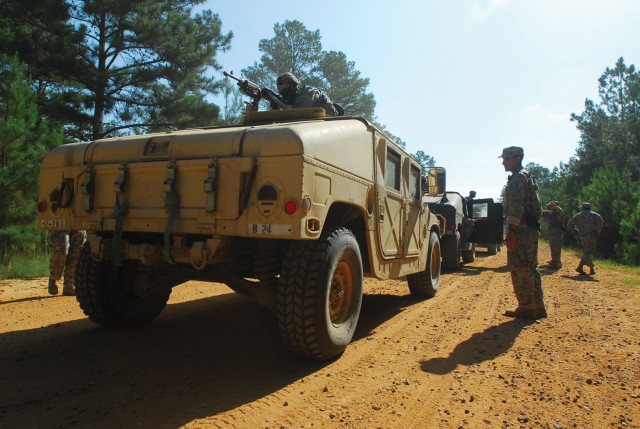
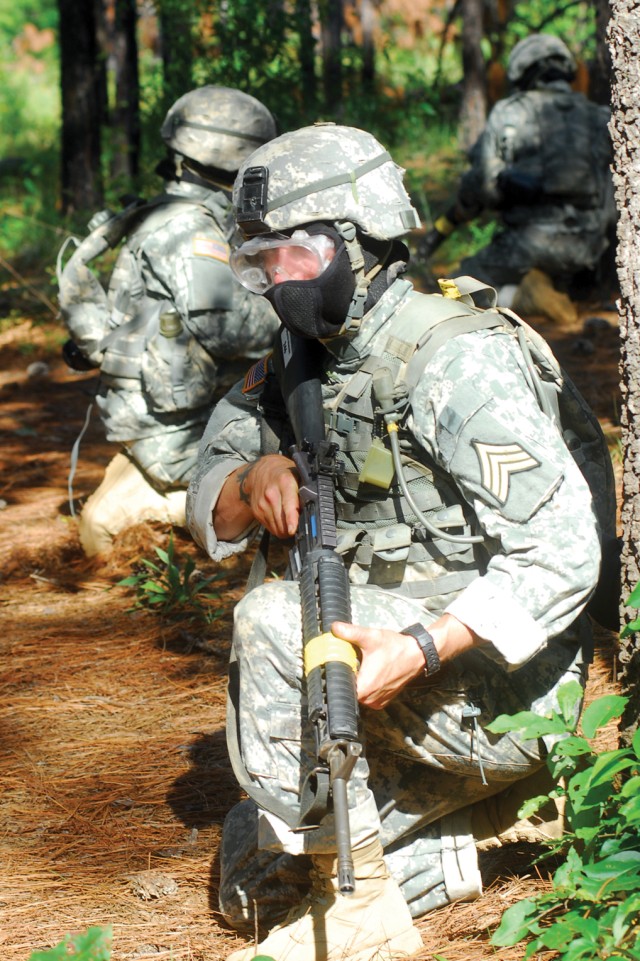
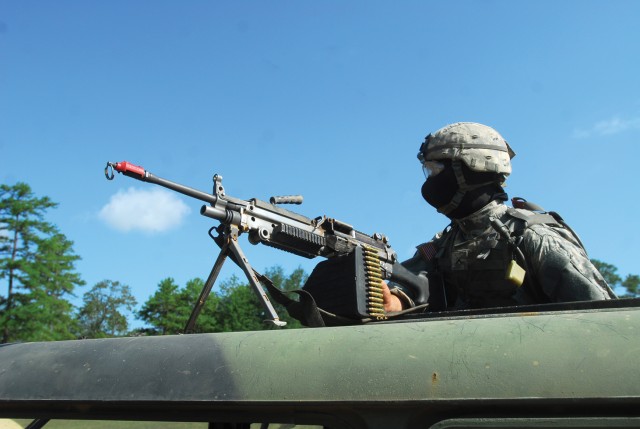
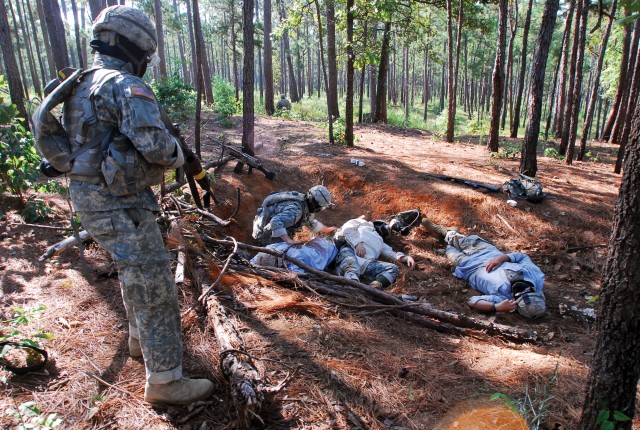
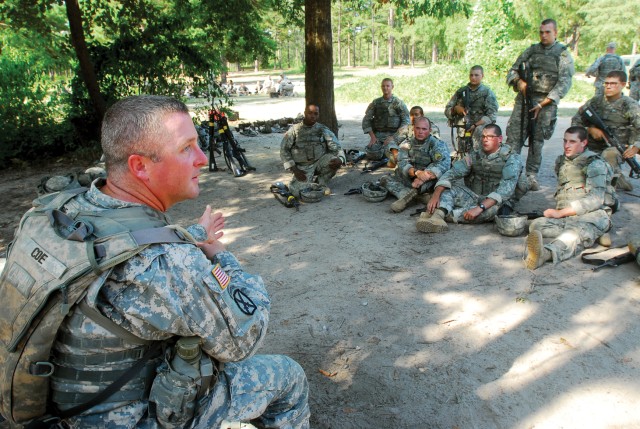
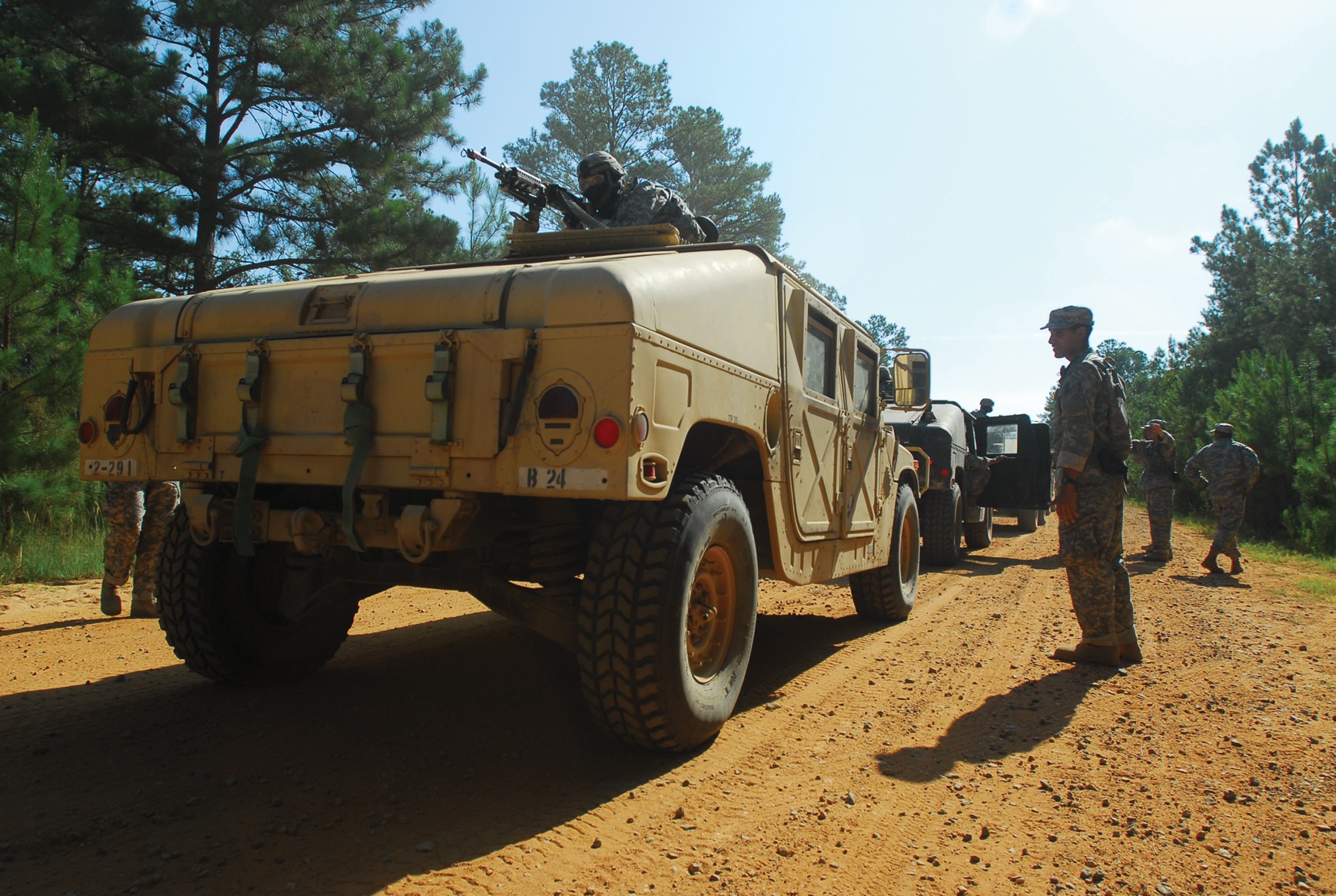
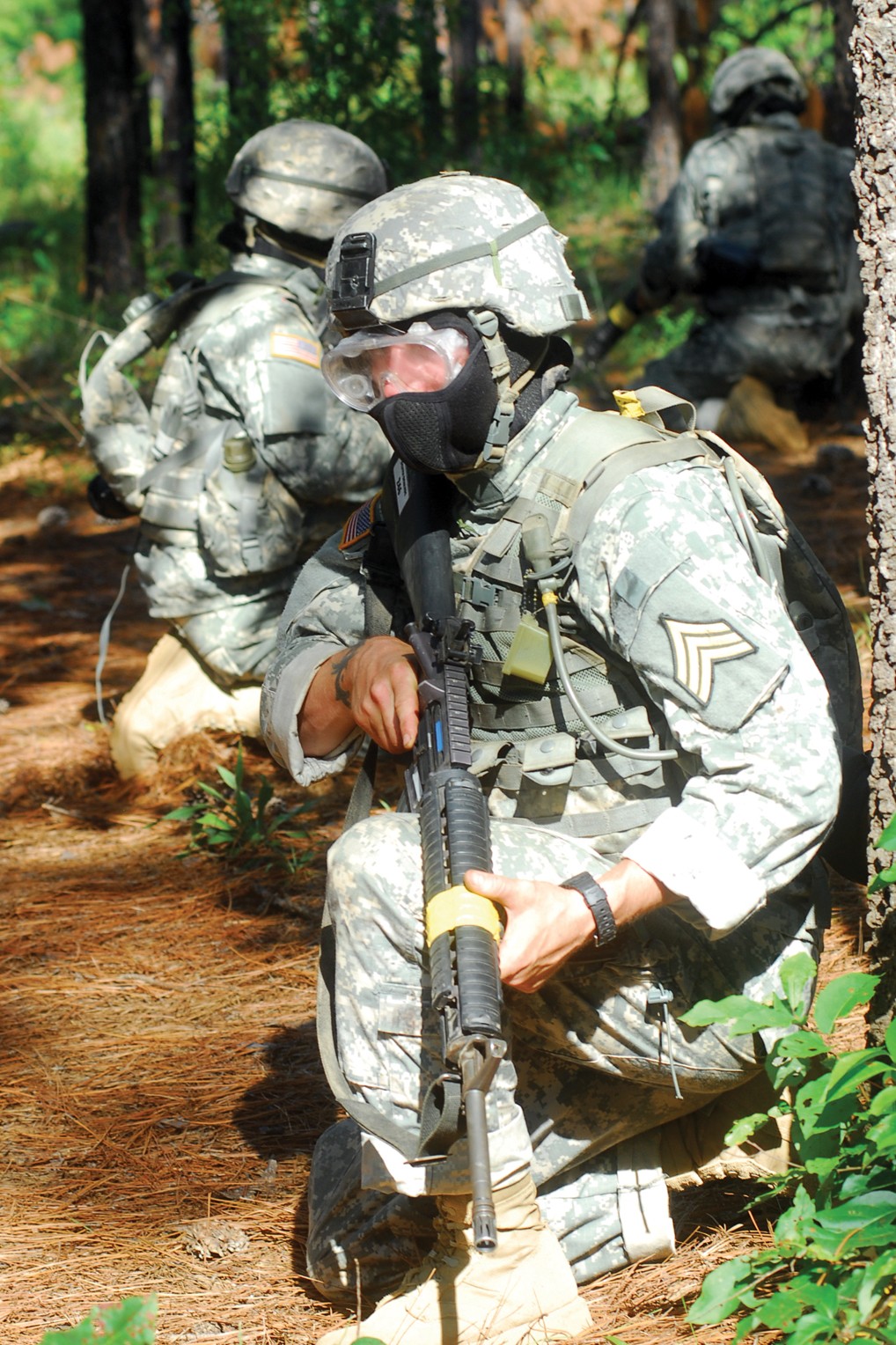
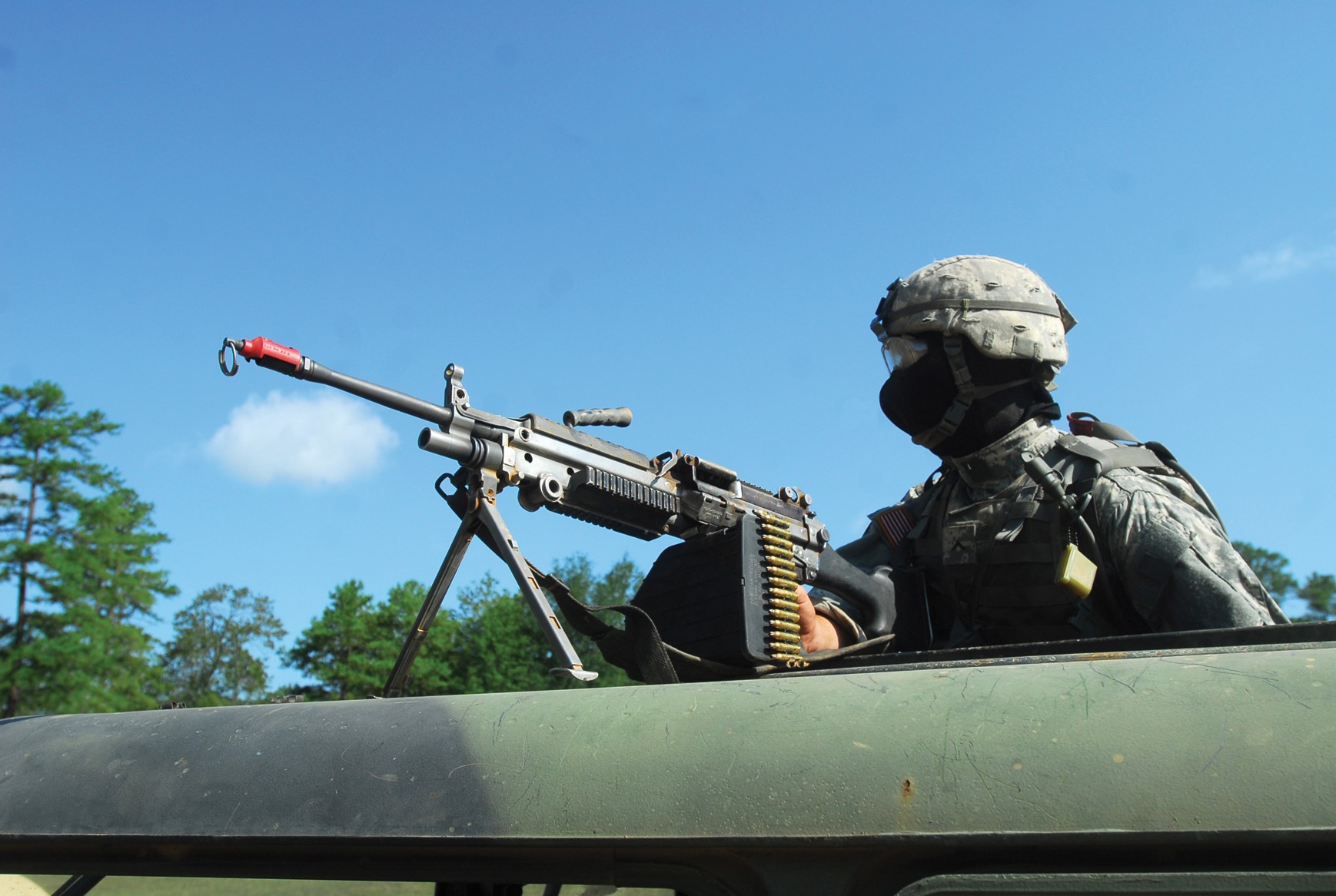
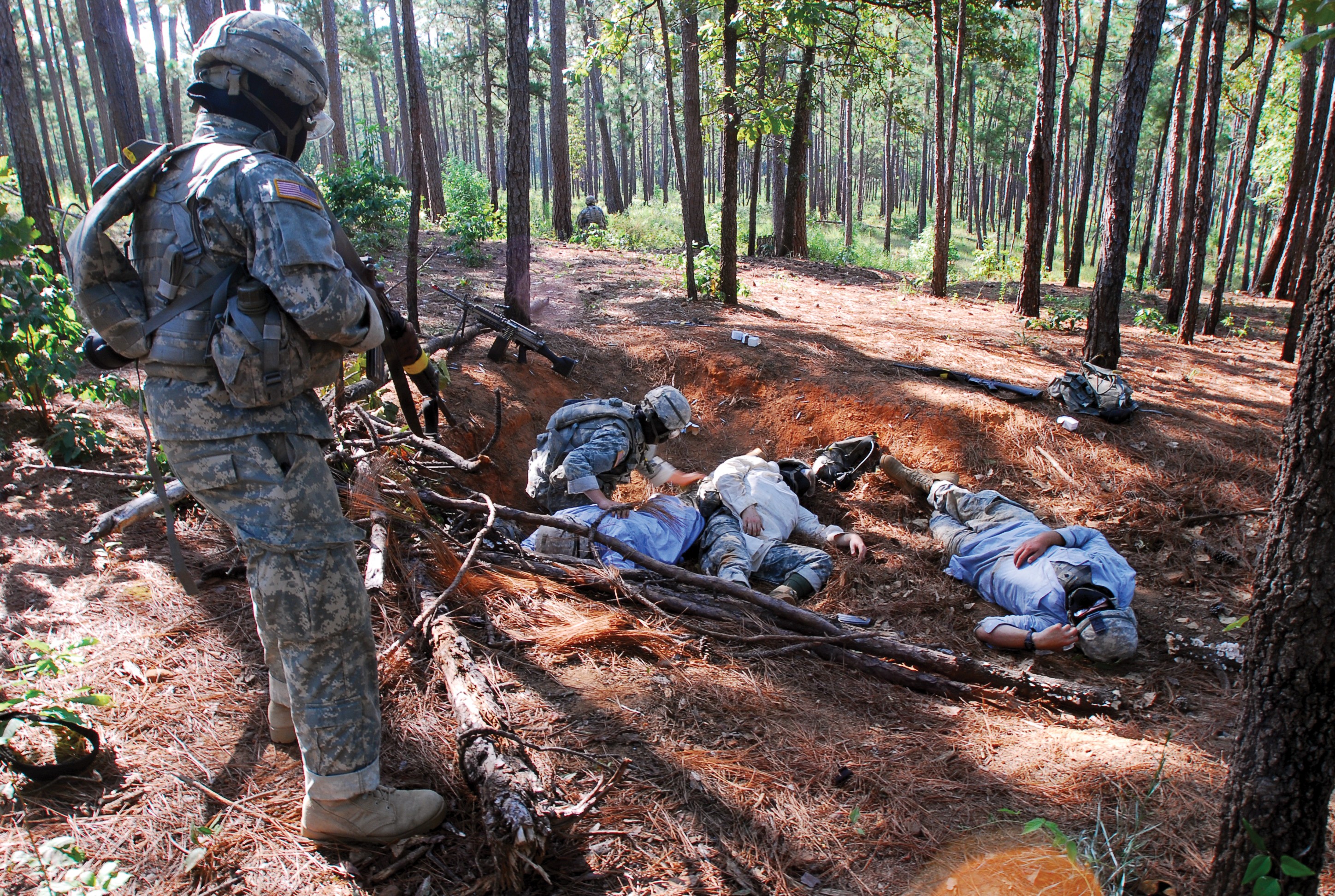
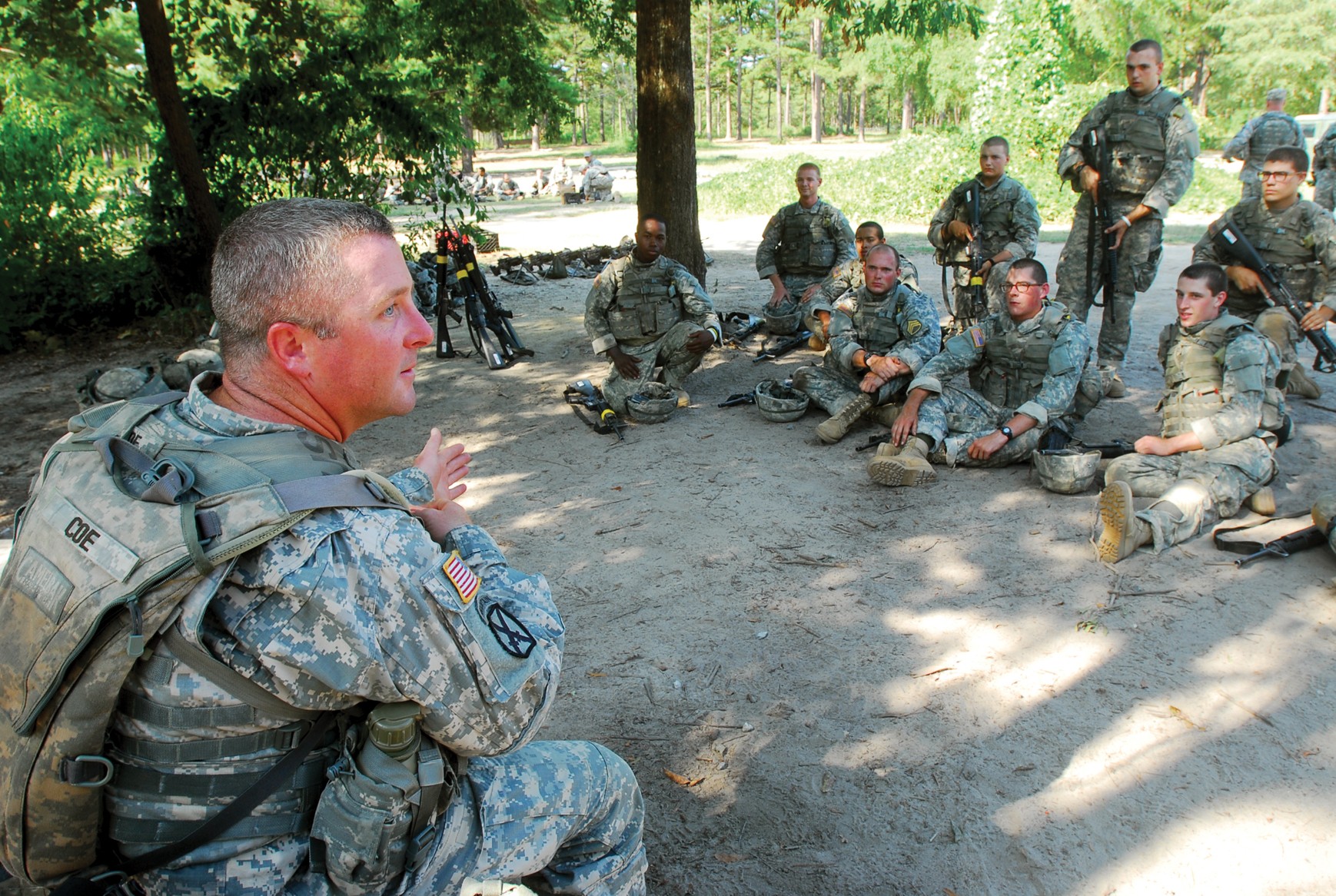
Social Sharing